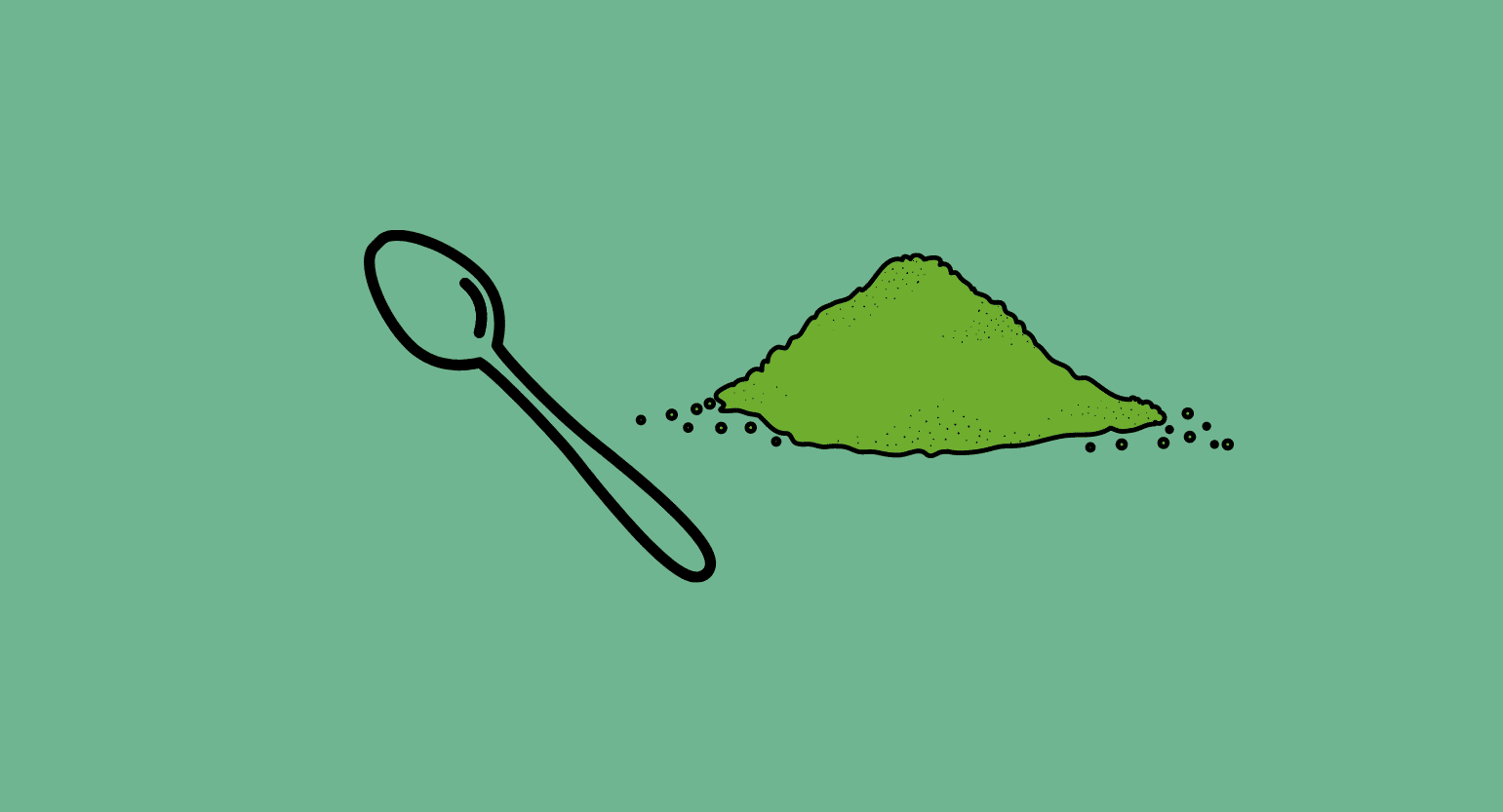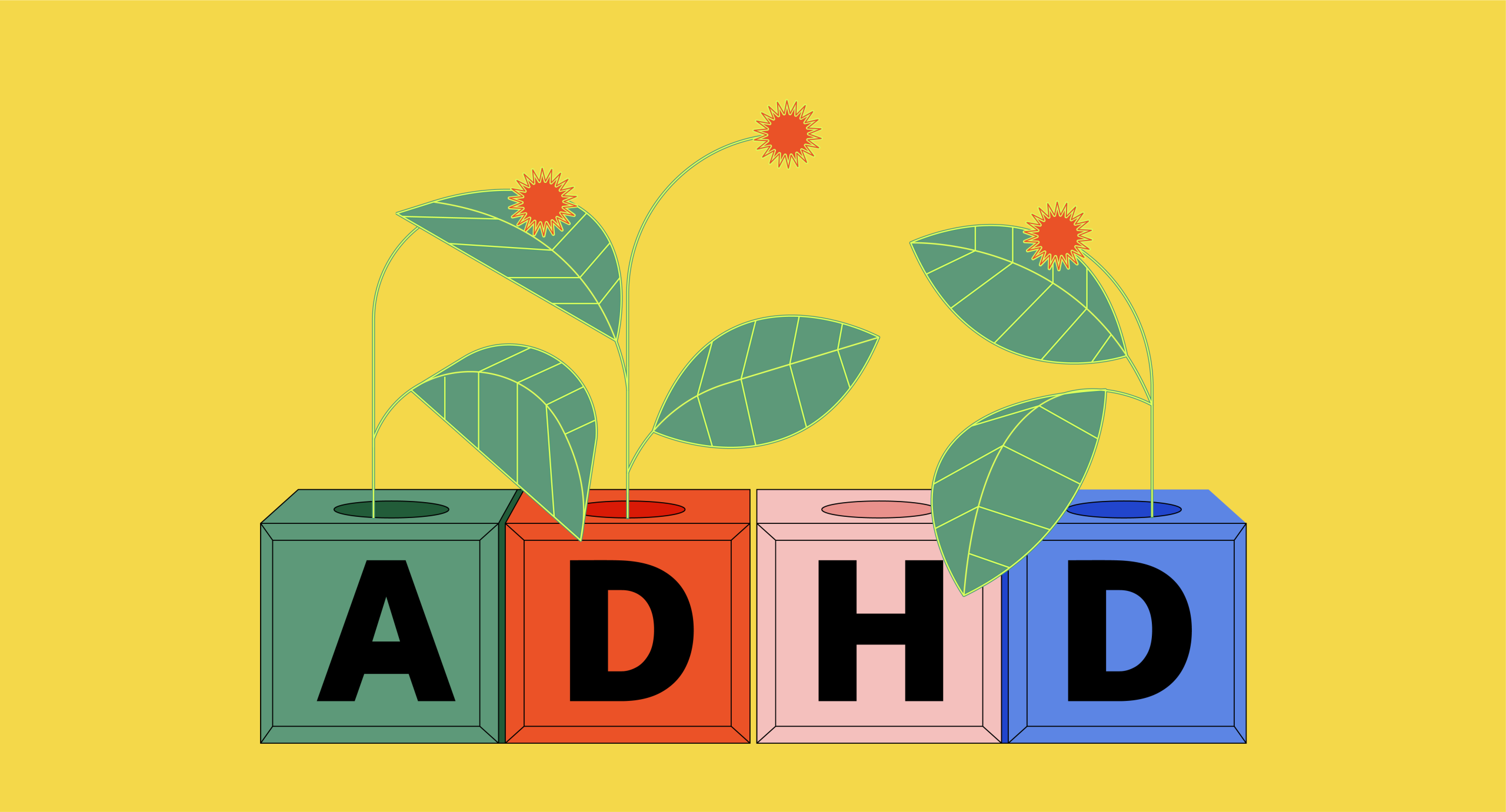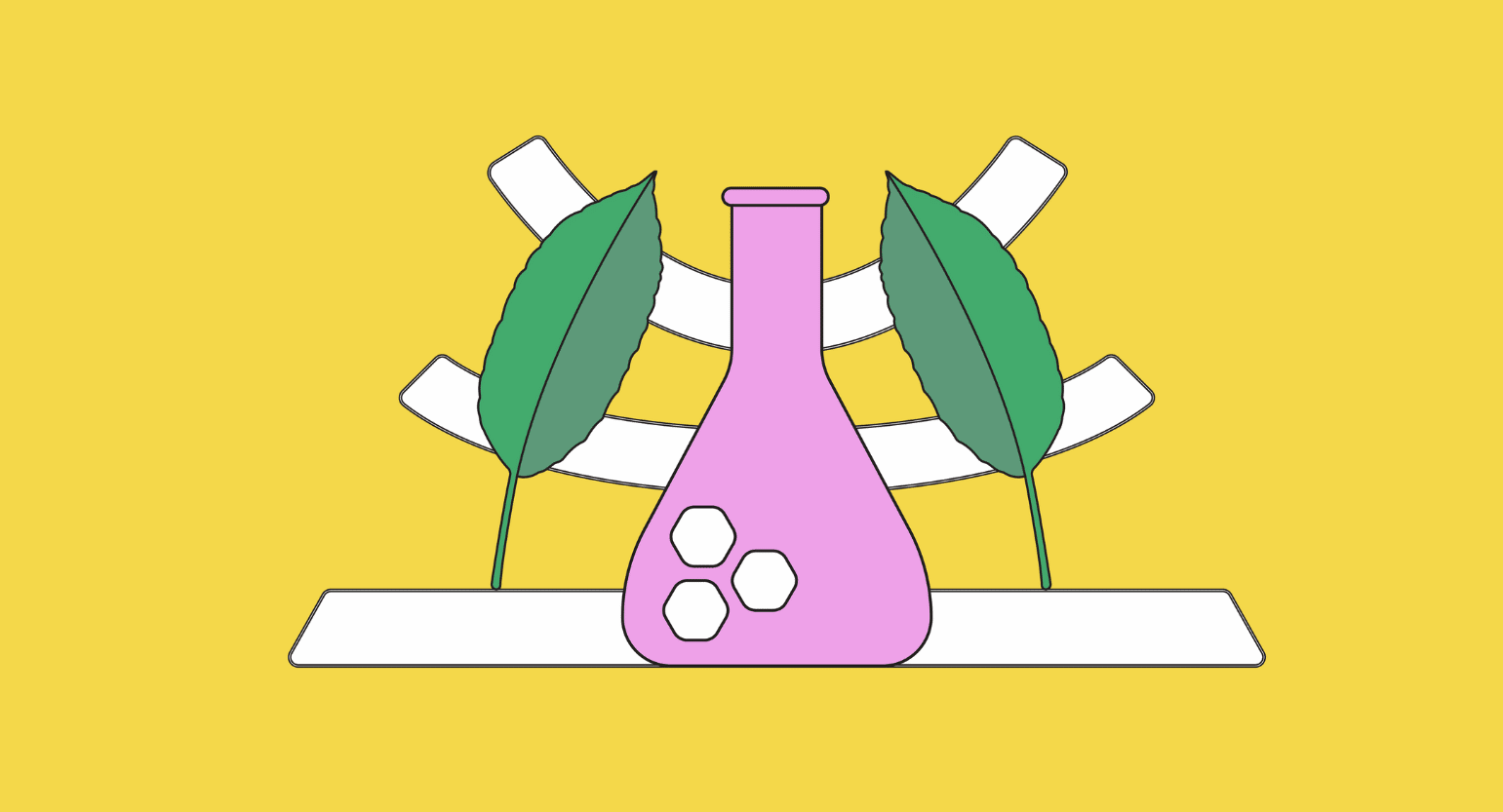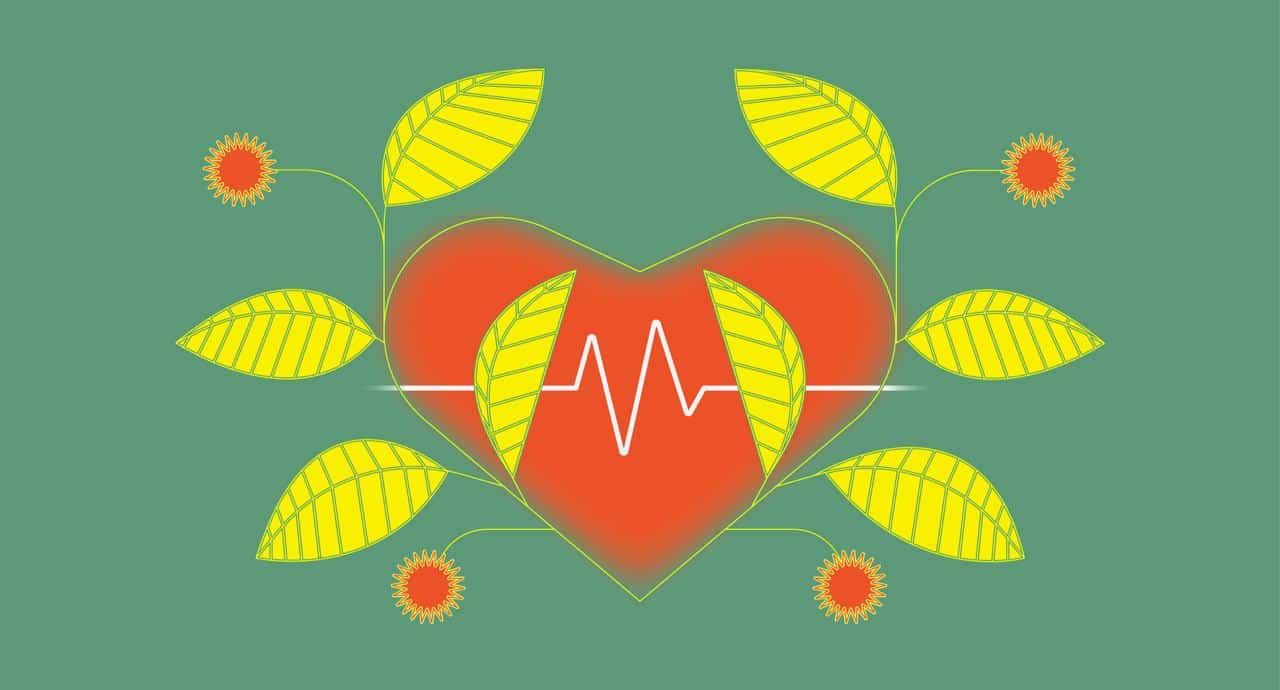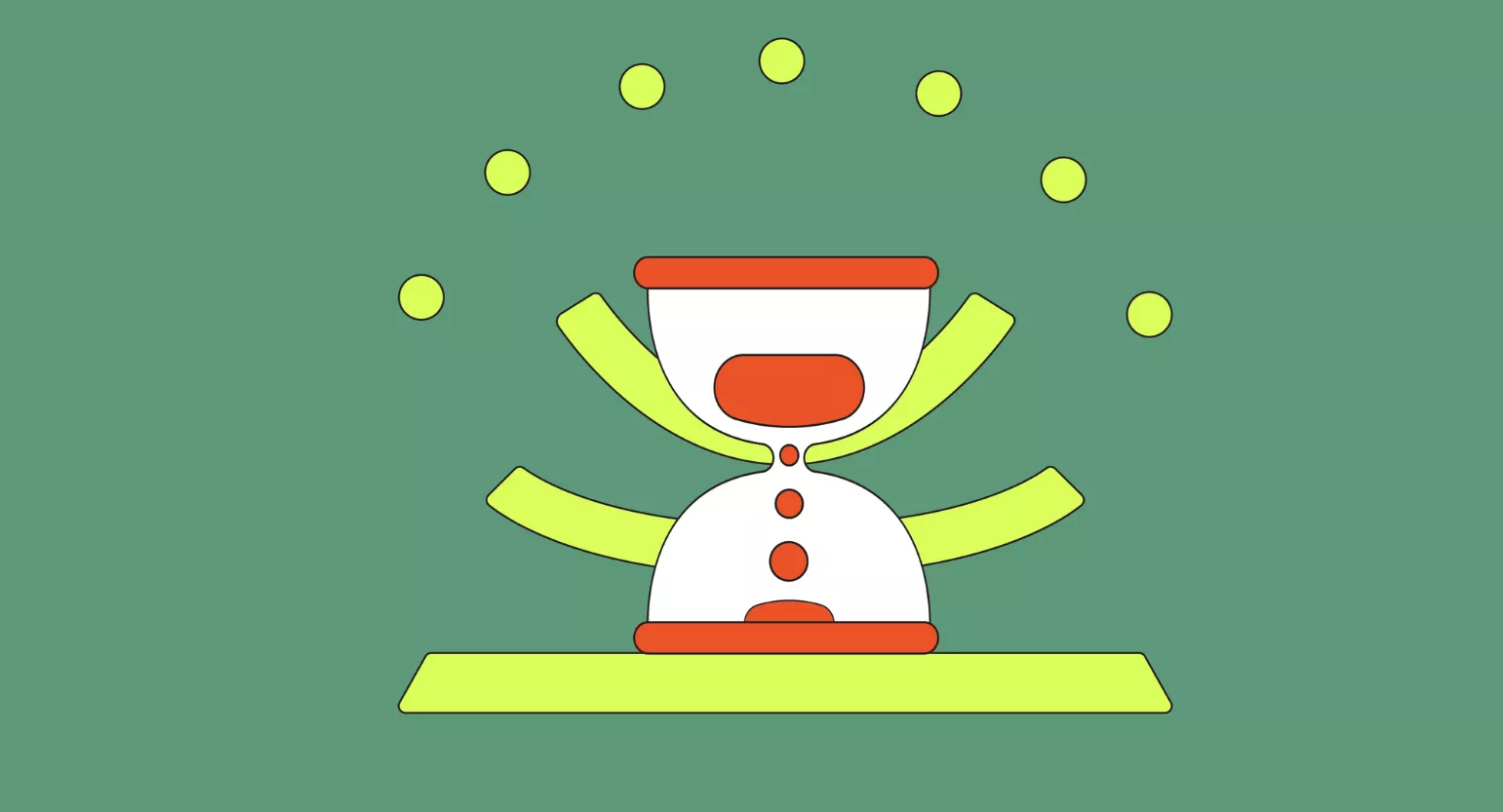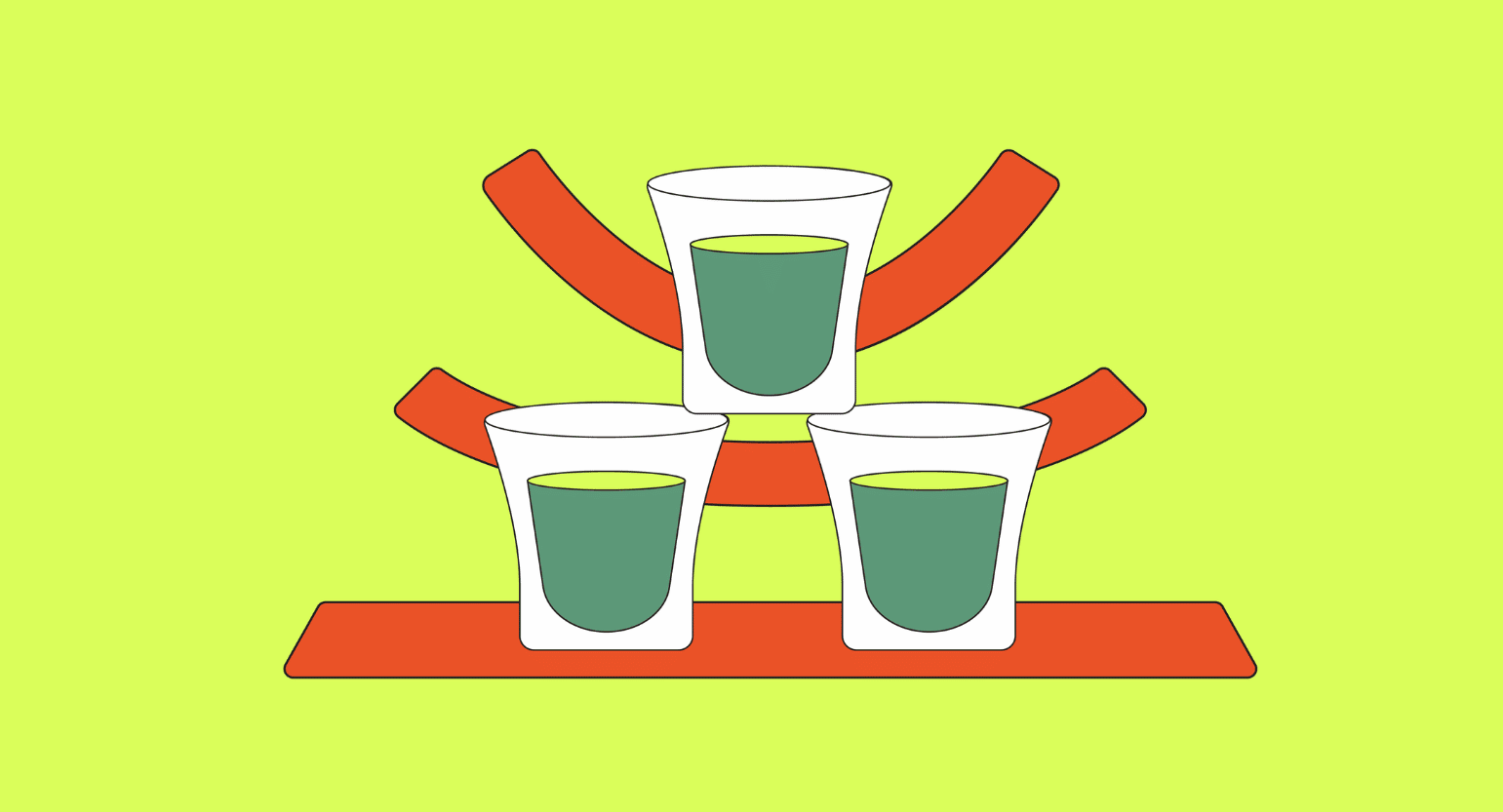Comparison Summary: Kratom vs. Weed
| Kratom | Weed | |
| Dosage Range | 2.5 grams to 10 grams per day | Up to 45 mg of THC per day (product dependent) |
| Common Side Effects | Acid reflux, headaches, nausea, flatulence, and skin rashes | Increased appetite, hallucinations, paranoia, increased heartbeat, disorganized thinking |
| Origin | Southeast Asia | Central Asia |
| Addictive? | Low | Low |
| Mechanism | Interacts with opioid receptors | Interacts with the endocannabinoid system |
| Legality (USA) | Legal | Legal in Some States; Illegal In Others |
Kratom vs. Weed: Legality
The legal use of weed varies around the world, with different rules on the drug’s possession, distribution, cultivation, and consumption. Many countries allow the medical use of cannabis; others have decriminalized or even legalized recreational use.
Current Marijuana Laws In America
| Banned | Medical-Only | Medical & Recreational |
| Alabama Idaho Indiana Kansas Kentucky Nebraska North Carolina South Carolina Tennessee Texas Wisconsin Wyoming | Arkansas Connecticut Delaware Florida Georgia Hawaii Iowa Louisiana Maryland Minnesota Mississippi Missouri New Hampshire New Mexico North Dakota Ohio Oklahoma Pennsylvania Puerto Rico Rhode Island Utah Virgin Islands Virginia West Virginia | Alaska Arizona California Colorado Guam Illinois Maine Massachusetts Michigan Montana Nevada New Jersey New York Oregon South Dakota Vermont Washington Washington DC |
While the recreational use of weed is permitted in the above states, it is essential to remember that there are still laws regarding quantities you’re allowed to have, transportation of it, and who is allowed to consume it.
Kratom is not federally regulated; however, the Drug Enforcement Agency (DEA) is considering labeling it as a controlled substance.
For now, kratom is illegal to buy, sell or use in Alabama, Arkansas, Indiana, Rhode Island, Vermont, and Wisconsin. In the other states, it is currently legal, although it may be regulated.
Check out our Global Kratom Laws Guide.
Kratom vs. Weed for Pain
Both kratom and cannabis are excellent plants for alleviating pain.
Cannabis works more indirectly by regulating inflammation and other underlying causes of pain — while kratom works directly through its actions on the opioid pain receptors. However, kratom also has anti-inflammatory properties.
Overall, kratom is better for acute pain — which refers to pain that appeared only a short time ago. Cannabis is better for chronic pain (pain that’s been present for a long time).
This is because kratom is a much stronger painkiller but does very little to support the underlying causes. Cannabis is a milder painkiller but has a powerful action on inflammation and tissue damage that could be the cause of the pain.
The red strains usually have higher levels of 7-hydroxymitragynine, the alkaloid in kratom most helpful against pain.
For cannabis, CBD-rich oils or capsules are considered the best for managing pain.
Using cannabinoids and kratom together might bring about the best pain relief, according to new research. While cannabinoids don’t make kratom more anti-inflammatory, they do increase its ability to fight pain.
Kratom vs. Weed for Sleep
Kratom and cannabis are both used to help users fall asleep faster, stay asleep longer, and wake feeling more refreshed.
The biggest difference between these two plants when it comes to sleep comes down to the cause of your insomnia.
Kratom is much better for helping people who can’t fall asleep because of pain or as a result of withdrawal symptoms from opioid or benzodiazepine medications.
Cannabis is better for people who can’t sleep because of stress or anxiety.
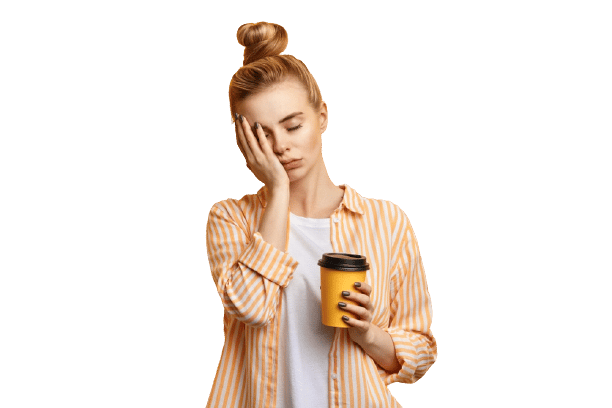
Kratom vs. Weed for Stress & Anxiety
Kratom can help reduce anxiety, but there’s a bit of a trick to it. If the wrong dose of kratom is used, it can worsen anxiety symptoms. Only the higher doses of kratom have a relaxing effect.
Cannabis is a better option than kratom to support stress and anxiety. More specifically, CBD or other non-psychoactive cannabinoid extracts, or even delta 8 THC (an isomer of the THC molecule), are going to offer the best protection from stress and anxiety.
Delta 9 THC or marijuana can also be helpful, but only if used in low doses. High doses of THC have the opposite effect and may end up worsening your anxiety levels.

Kratom vs. Weed: Mechanism of Action
Kratom and weed have completely separate mechanisms of action.
A mechanism of action refers to how a particular substance exerts its effect — such as what receptors it targets or what body systems it’s able to interact with.
Kratom Mechanism of Action
There are many different alkaloids in kratom, and each interacts with various receptors in the central nervous system, primarily on the opioid and adrenergic receptors. Kratom is considered an atypical opioid because of the many systems it interacts with. Regular opioids only act on opioid receptors.
The opioid receptors act as a gateway for messages traveling up the spinal cord and into the brain. They can either increase or decrease the volume of pain signals before they enter the brain where they’re perceived. By stimulating these receptors, pain signals are muted (thus reducing the perception of pain).
The opioid receptors are also involved with the regulation of dopamine in the brain as part of the reward system. Activating these receptors induces activation of the pleasure center in the brain, which produces kratom’s euphoric and antidepressant qualities.
The adrenergic system is a part of the fight or flight system. Activating these receptors makes us feel alert and energized. This only happens in lower doses. High doses overpower this effect by targeting the opioid receptors, which have more sedative effects and counteract the adrenergic action.
Also see: Is It Safe To Mix Kratom With Weed (Marijuana)?

Cannabis Mechanism of Action
Much like kratom, the effects of cannabis are the result of many compounds rather than just one. There’s a group of compounds called cannabinoids. There are well over 100 of these compounds, but the most predominant, by far, include THC (tetrahydrocannabinol), CBD (cannabidiol), and CBC (cannabichromene).
THC is the main ingredient in marijuana that makes users feel high. It activates a system called the endocannabinoid system, which is integrated with our neurological system throughout the body. Activating these receptors in the brain causes a release of serotonin that results in the perceptual changes induced by the plant.
Other cannabinoids, like CBD or CBC, also work through this system to produce their effects, but they don’t have any psychoactive ability like THC. They target the system in other ways to help restore homeostasis (balance) to the body. This gives these compounds a balancing effect overall. They’ve been shown to reduce inflammation, block pain, alleviate anxiety, and much more.
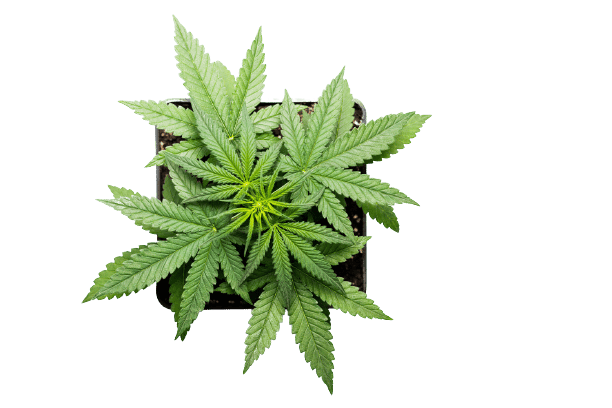
What is Kratom?
Kratom (Mitragyna speciosa) is the common name for a tropical tree found in Southeast Asia.
This plant is indigenous to countries such as Thailand, Indonesia, Malaysia, Myanmar, Papua New Guinea, and other regions of Southeast Asia.
The leaves from this tree have been used as medicine for at least 400 years (probably much longer).
Only recently has this herb made its way to the Western world.
Kratom leaves were traditionally chewed or brewed into a tea. These days, it can also be made into liquid extracts, powders, capsules, extracts, or even cooked with.
Although little research supports these findings, kratom is now marketed as everything from pain relief and appetite suppressants to mood enhancers and energy boosters. It’s said to reduce panic attacks, stop diarrhea, treat muscle pain, and prevent the symptoms of opioid withdrawal.
Kratom acts on your opioid receptors. It’s a stimulant at low doses, giving the user increased sociability, alertness, and energy. When consumed in higher quantities, kratom reduces pain and induces euphoria.
What Are the Effects of Kratom?
You might be wondering: What Does Kratom Feel Like?
Small doses of kratom provide stimulation similar to that of caffeine, while more significant doses have sedative-narcotic effects like morphine.
Small doses can be felt within ten minutes and last for up to one and a half hours, while the effects of large doses can last up to six hours.
Most people who use kratom use it for one of three reasons — to help wean themselves off prescription or street narcotics, to alleviate chronic pain, or as a nootropic and energizing agent.
The list of uses for kratom includes:
- Address opioid withdrawal symptoms
- Anti-inflammatory
- Fight fatigue
- Lessen symptoms of anxiety and depression
- Prevent muscle aches and pains
- Reduce chronic pain symptoms
- Sedation
- Substitute opium (in traditional Asian medicine)
- Suppress appetite
- Treat Post-Traumatic Stress Disorder (PTSD)
- Treat diarrhea
- Treat high blood pressure
While vendors promote the potential medicinal uses of kratom, do note that the FDA has not approved it for medical use. Kratom is currently unregulated within the U.S.
Is Kratom Dangerous?
Kratom isn’t dangerous. But that doesn’t mean it isn’t without any risk. Any substance that has a measurable physiological effect on the body brings the potential for side effects.
First, kratom is addictive. However, it’s not as severe as opioid or alcohol addiction. It’s more difficult to become addicted to kratom; it’s more likely with long-term use of high amounts or a previous opioid addiction. Kratom withdrawal is also more manageable than opioid withdrawal. Users that stick with small amounts and take breaks are unlikely to develop a dependence.
Second, kratom interacts with many substances because of how it’s metabolized. It can cause some medications to stay in the body longer than they’re supposed to, causing severe complications.
Never use kratom until you know if it will interact with other medications — herbal, over-the-counter, or prescription. Most deaths involving kratom are due to combining it with other drugs, usually opioids like fentanyl.
The most common side effect of kratom is nausea. If you take too much kratom, you’re very likely to feel nauseous — however, when used in the right dose, there are very few side effects.
The long-term or high-dosage use of kratom has been known to cause the following side effects:
- Addiction
- Anxiety
- Constipation
- Dependency
- Depression
- Diarrhea
- Dizziness
- Weight loss
- Headaches
- Heart palpitations
- Increased blood pressure
- Increased urination
- Insomnia
- Liver damage
- Loss of appetite
- Nausea & vomiting
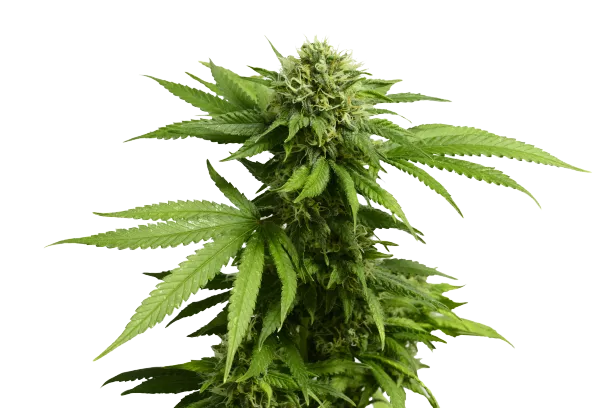
What is Weed (Marijuana)?
Weed is by far the better-known of the two substances, and, having been legalized in many states, it’s become increasingly popular across the United States. There are many theories as to where cannabis came from originally. The leading theory is that it came from the mountains of Central Asia.
Today, cannabis is grown worldwide. Different plant strains have been developed to tolerate virtually any climate — barring the North and South Poles.
Weed is a psychoactive drug that can be used for both recreational and medicinal purposes. It, too, was initially grown as herbal medicine, dating as far back as 500 BC. It was first cultivated in America by early colonists who used it for rope and textiles.
However, it wasn’t until the early 1900s that weed began being used for recreational purposes in America, and shortly after, in 1937, non-industrial use of the plant became criminalized.
Fast-forward to 2021 and weed is legalized for recreational use in 17 states, while 36 states have legalized the medical use of marijuana.
The mix of dried leaves and flowers of the cannabis plant contains a chemical compound called THC (tetrahydrocannabinol), which is what causes its euphoric effects. THC is absorbed into the bloodstream when weed is smoked, and its effects are felt relatively quickly. Weed can also be consumed as an edible, with the effects taking longer to feel as liver enzymes transform the THC into a different compound.
It is thought that there are over 700 strains of cannabis, with many being crossbred to create new strains. And each strain may have a different level of THC. So unless consumers are 100% sure of the strain they’re using and its THC content, it’s tough to know just how strong its effects will be.
What is Weed Used for?
Cannabis is among the most widely consumed drugs globally (along with alcohol and tobacco). It’s considered the most illicitly used drug in the world, with as many as 18% of U.K. residents using cannabis regularly.
Classifying weed can be difficult, but of the four main drug types, weed can be classified as a depressant, stimulant, or hallucinogen.
Weed affects everyone differently, whether used recreationally or medicinally.
However, most consumers can safely tolerate small doses of weed for:
- Fighting the symptoms of depression
- Generating feelings of euphoria
- Limiting muscle spasms
- Preventing insomnia
- Reducing anxiety
Due to its previous legal status, research into weed is limited. Currently, researchers are looking into other uses of weed, including in the fight against cancer. However, no conclusions have been made about weed when it comes to fighting serious illness at this time.
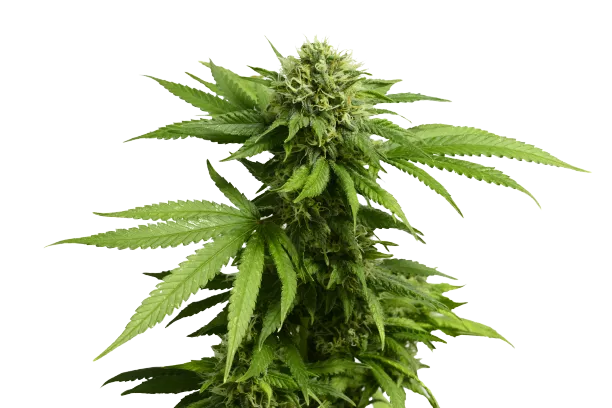
Is Cannabis Dangerous?
Cannabis may be used for both recreational and medicinal purposes. Although doctors may prescribe medicinal marijuana where legal, it, too, can have detrimental side effects. And, because weed can be classified as a depressant, stimulant, and (mild) hallucinogen, it can also have side effects related to each of these effects.
Side effects of weed can include:
- Disorganized thinking and speech; memory loss
- Hallucinations and paranoia
- Impaired judgment and cognitive function
- Increased appetite
- Increased heart rate
- Increased risk of respiratory problems
Most weed users will experience no serious side effects. Everyone is different, and you must consult your doctor if taking it for the first time.
Final Thoughts: Kratom vs. Cannabis
Both kratom and cannabis are useful plants for conditions like chronic pain, anxiety, insomnia, addiction, and depression.
Cannabis works through the endocannabinoid system, which regulates homeostasis (balance). This makes cannabis best suited for conditions related to an imbalance — like chronic arthritis, chronic inflammation, or chronic anxiety.
Kratom targets the opioid receptors, which means it can exert its powerful euphoric and painkilling effects on everyone — even healthy individuals. This herb is better for use in people with acute and chronic symptoms. It’s a much stronger painkiller and euphoric than cannabis.


